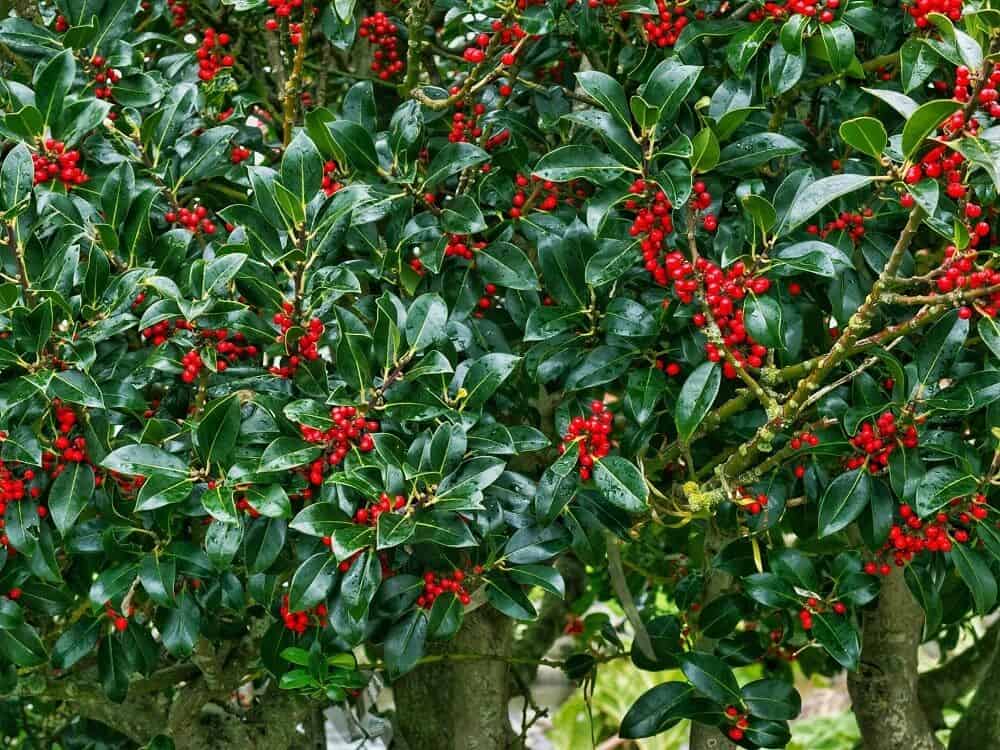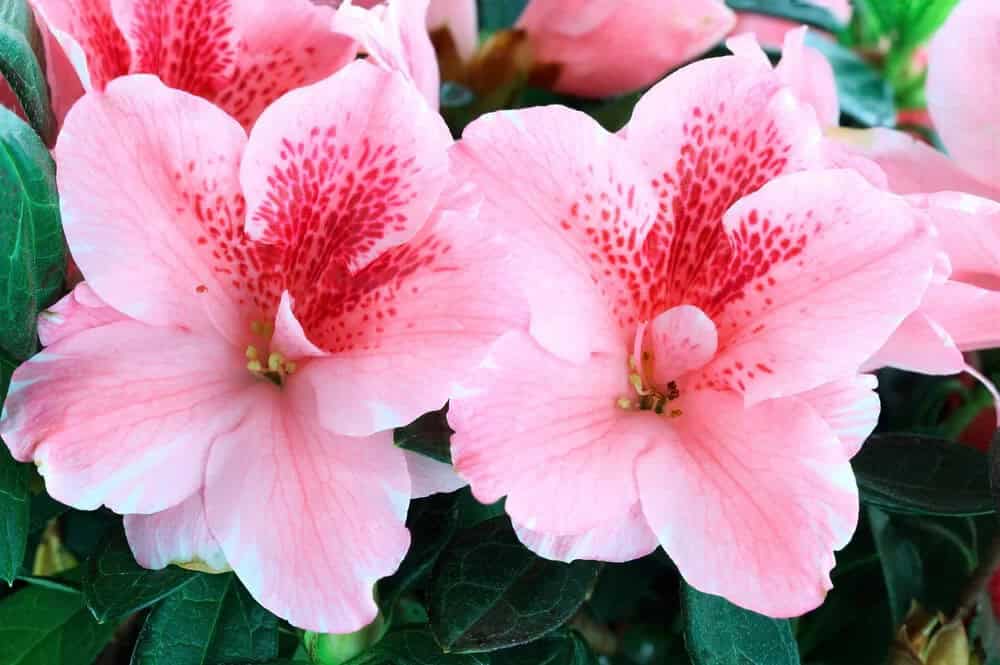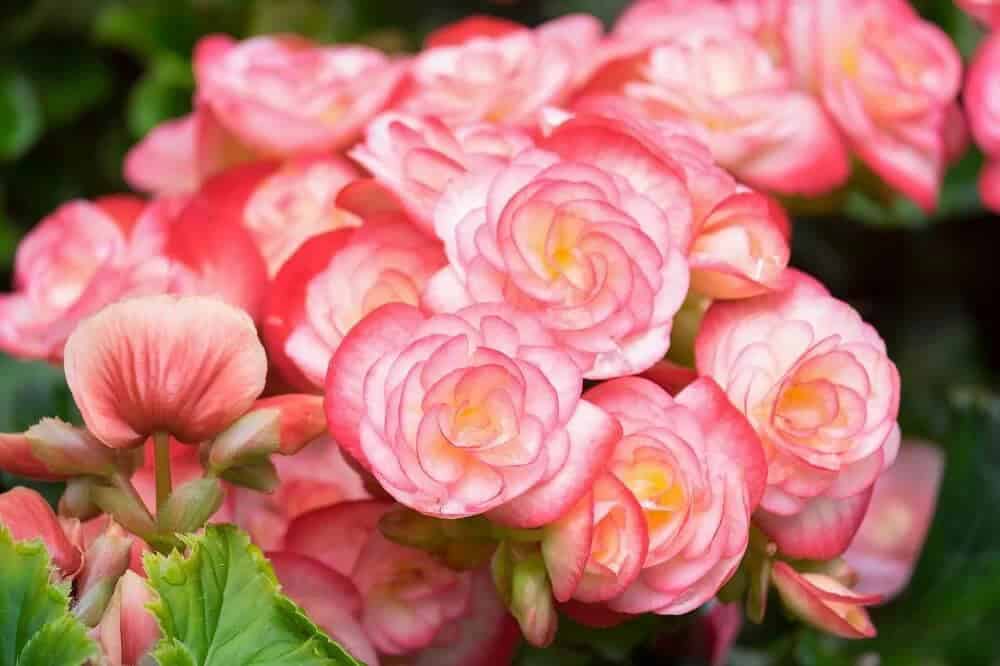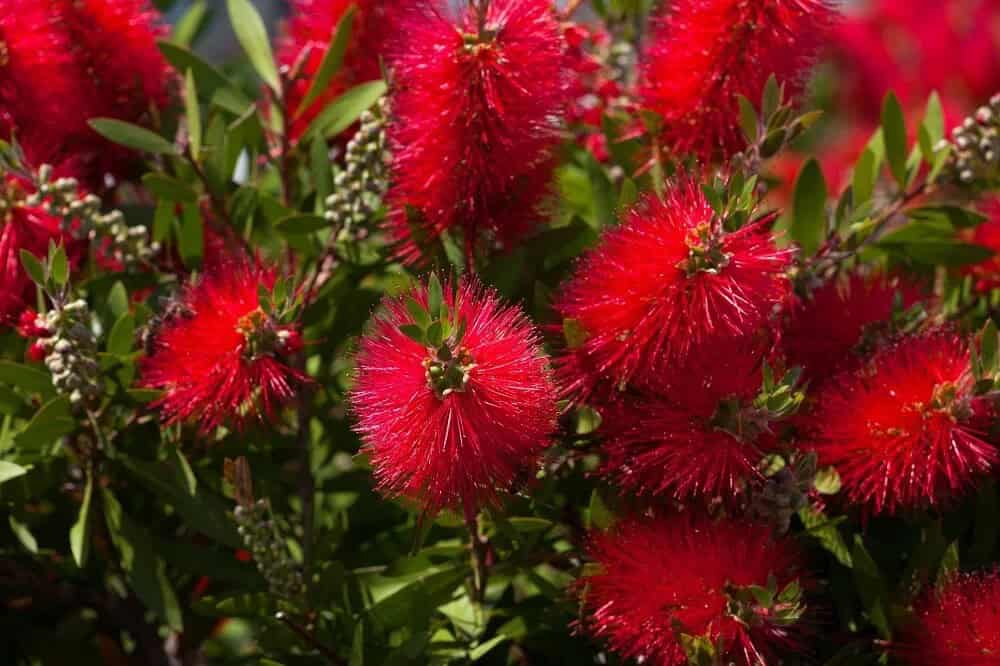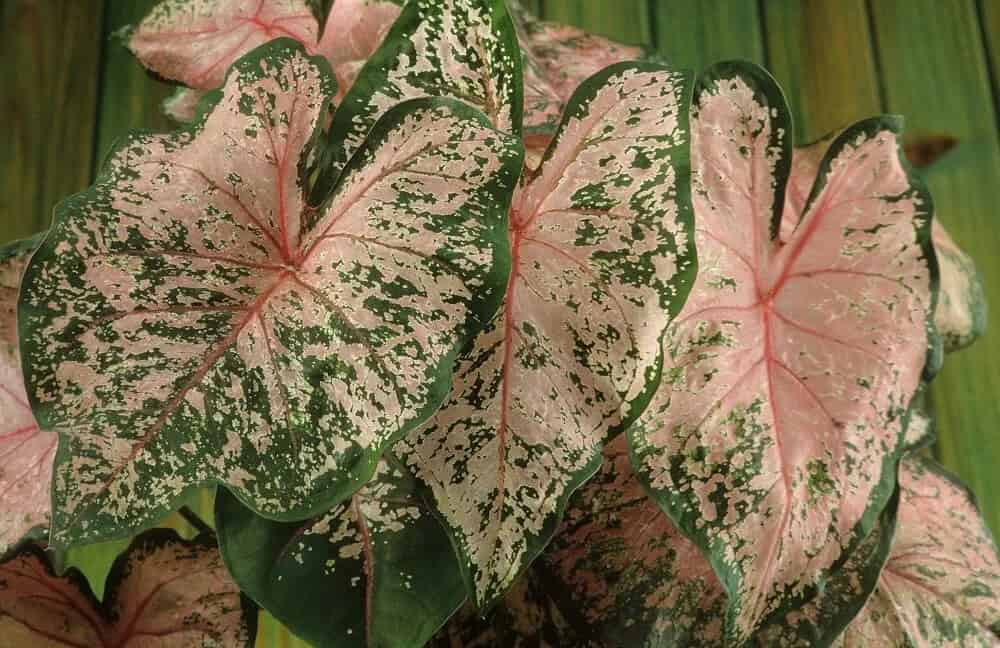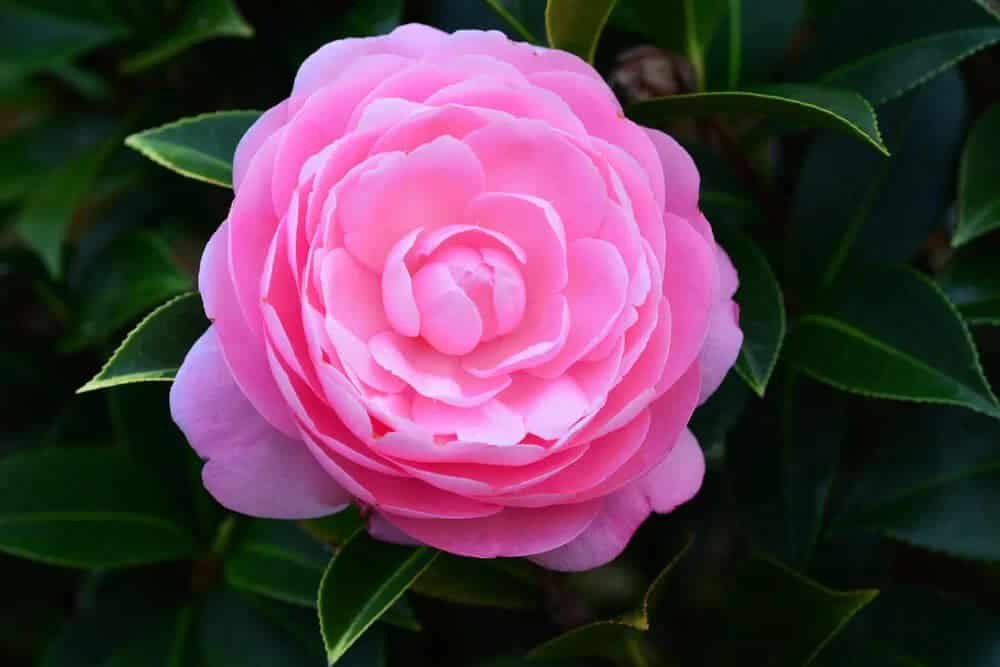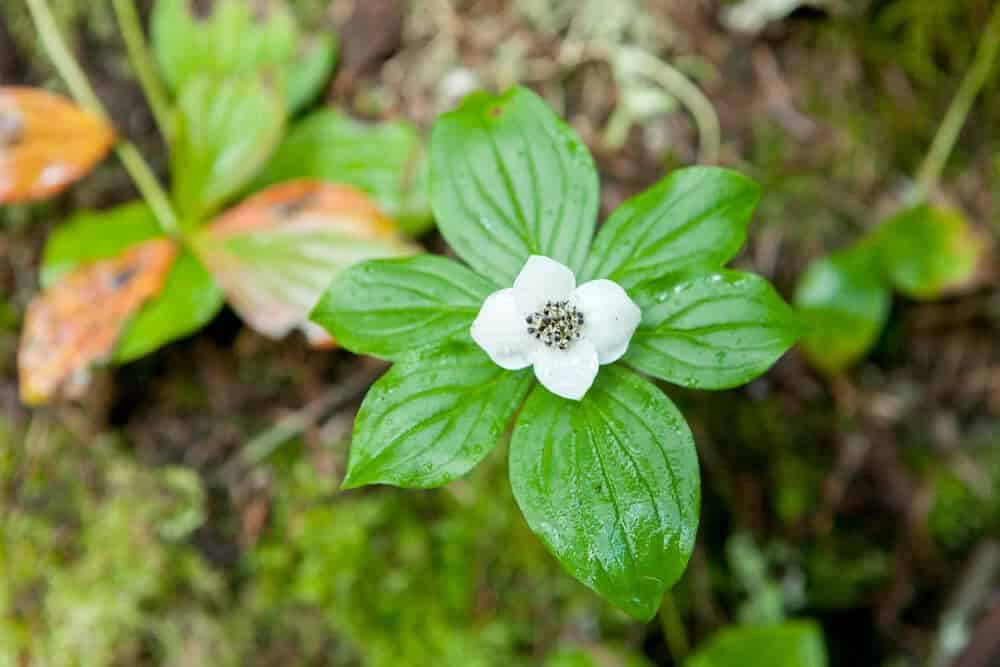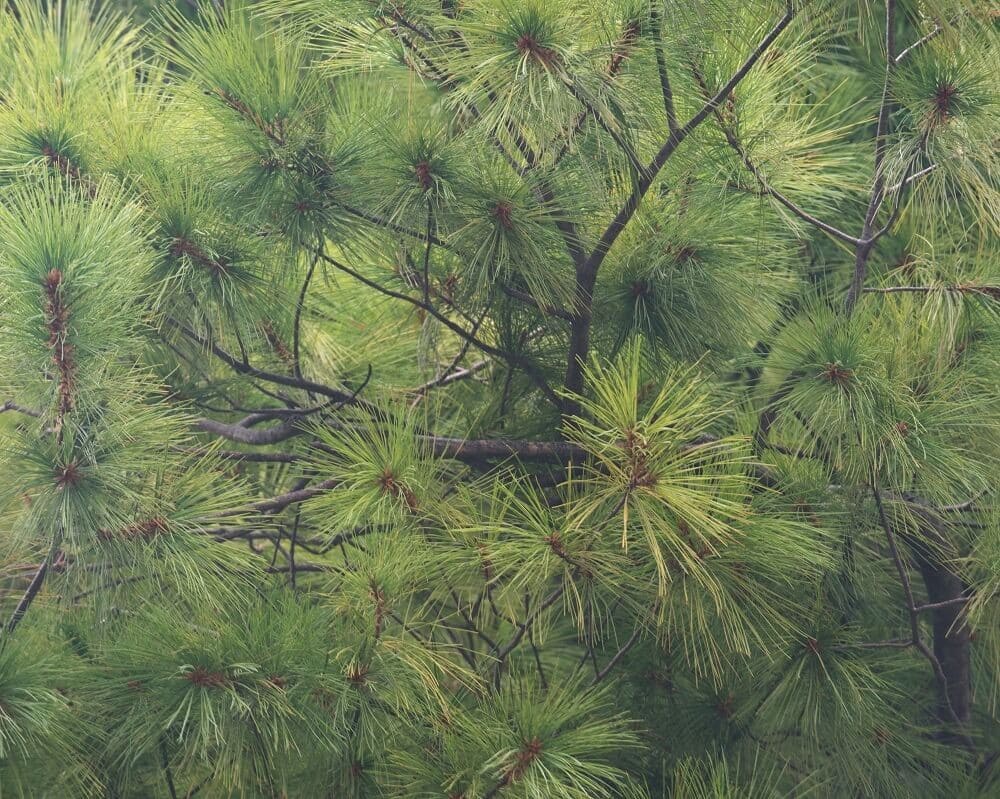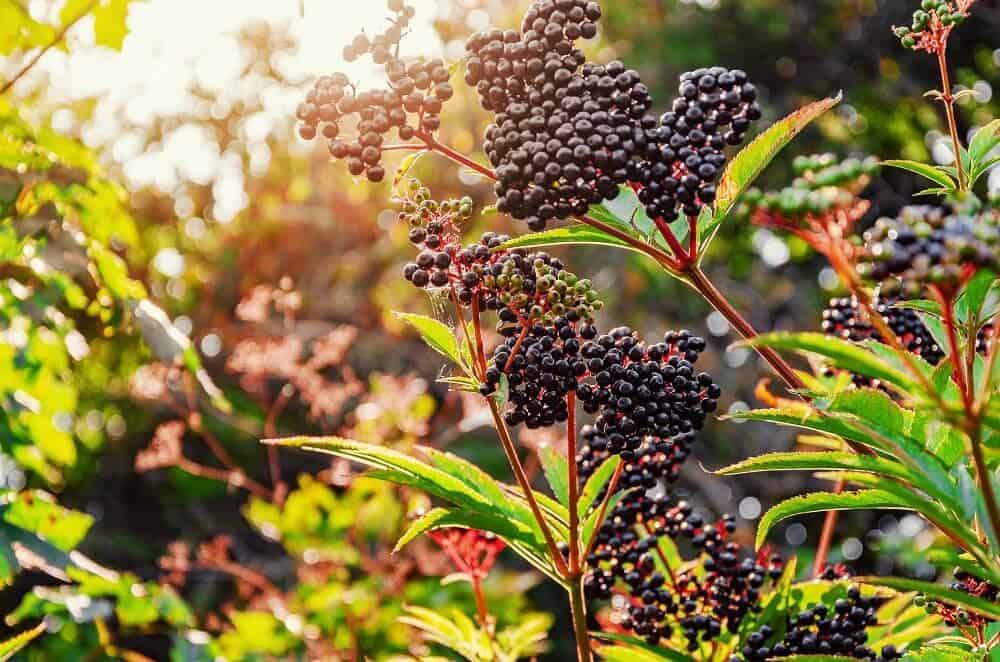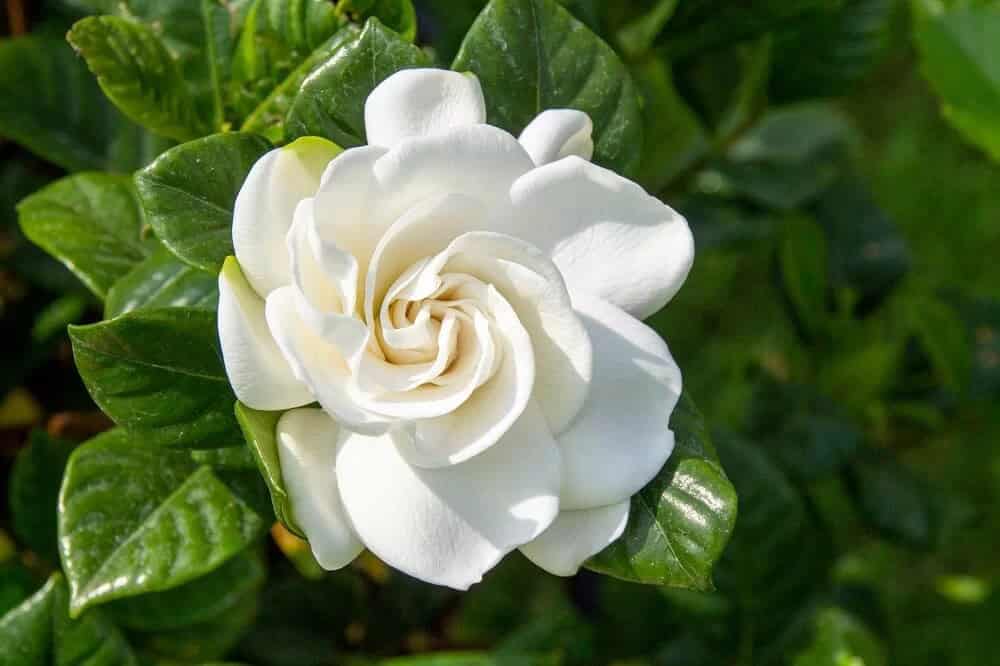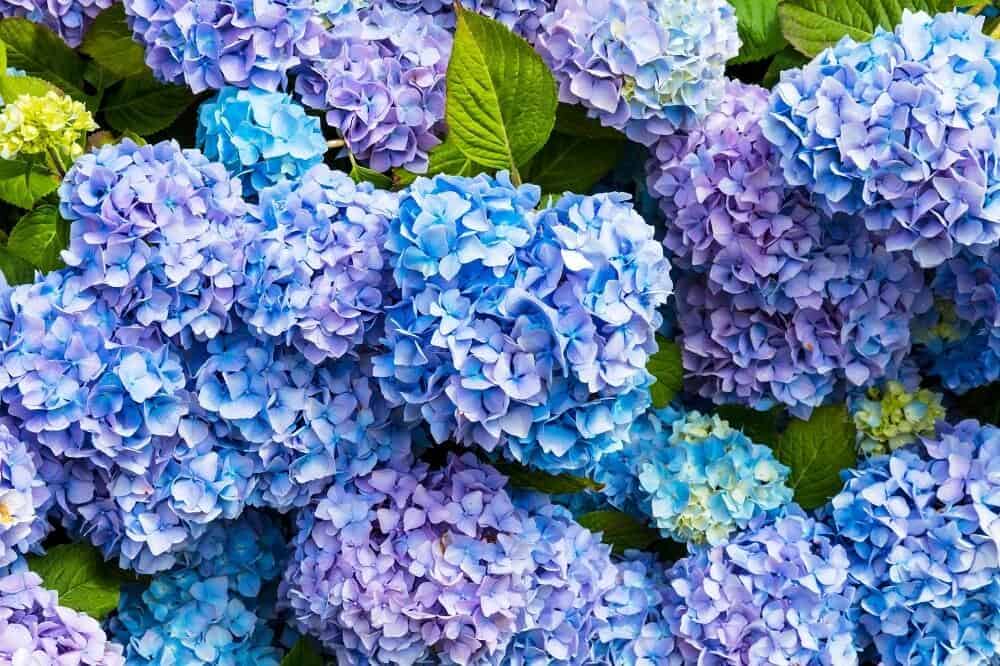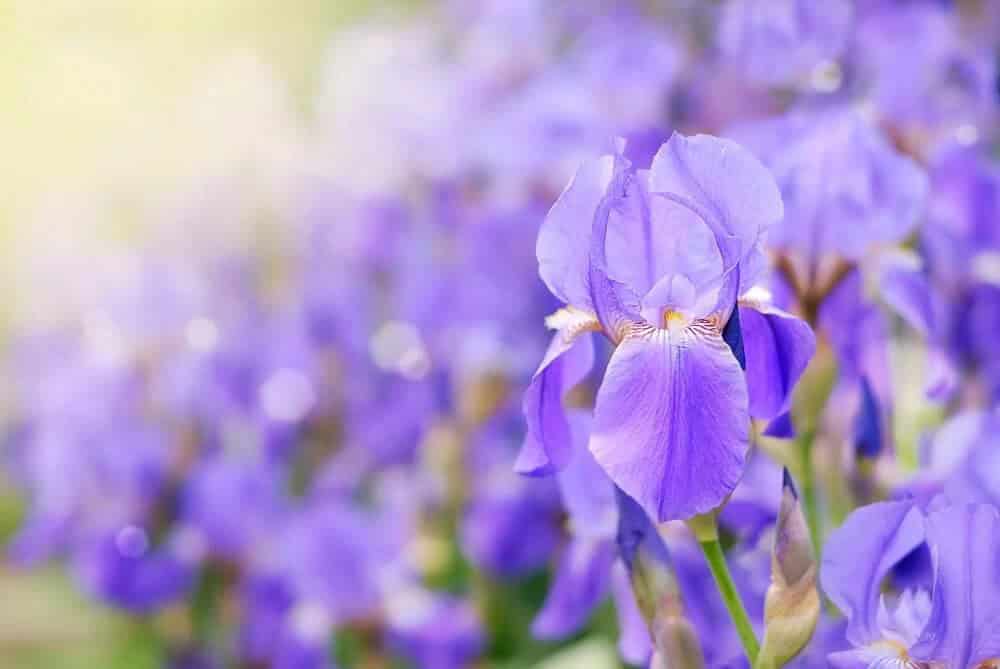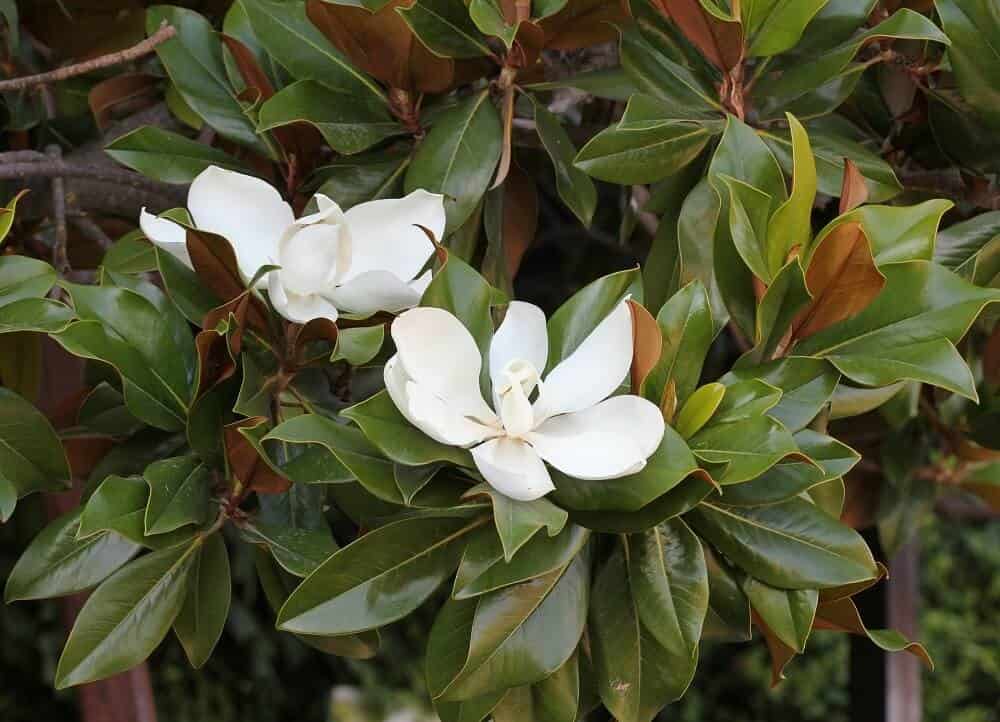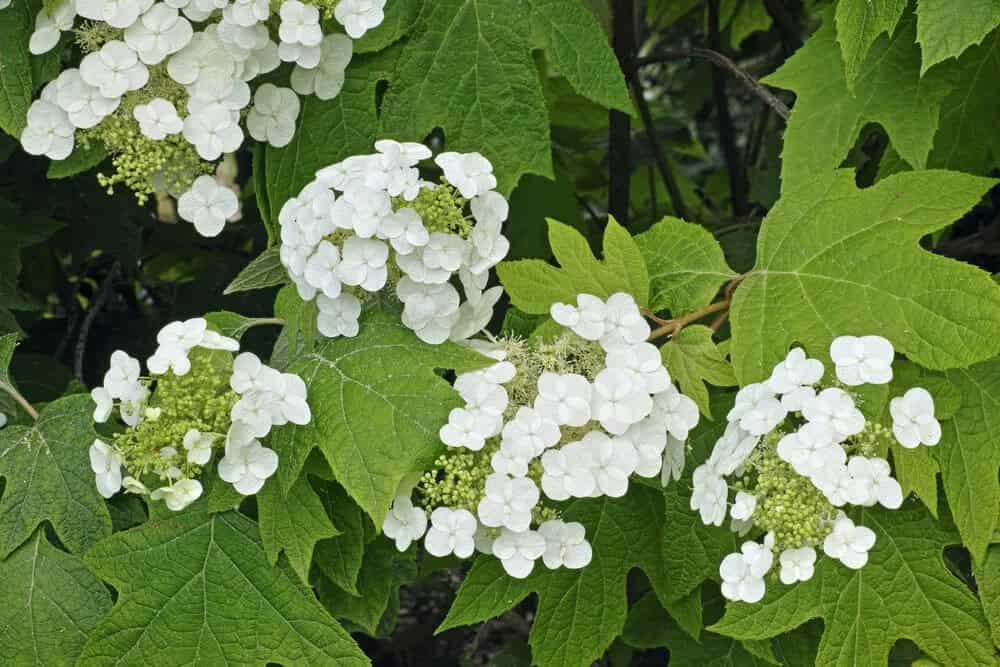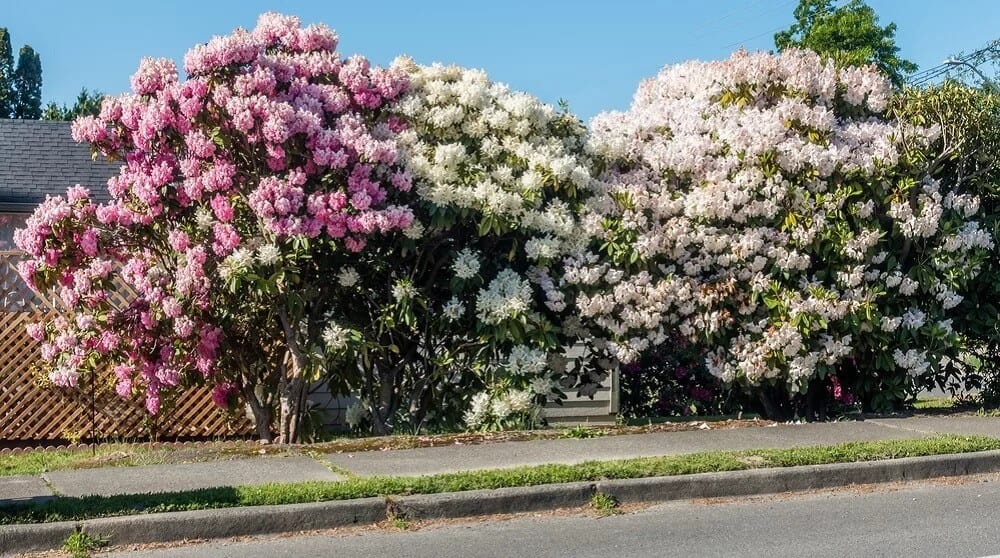In many cases, gardening can be a daunting task when faced with acidic soil. It’s natural to assume that the low pH of your garden will limit your options for attractive and thriving plants. But surprisingly, there are numerous species that not only tolerate but actually thrive in these conditions. This diverse group of acid-loving plants encompasses trees, shrubs, perennials, and annuals, offering a wealth of variety for gardeners with acidic soils to explore.
Key Takeaways
As we delve into the world of acid-loving plants, you’ll discover a diverse array of species that thrive in environments with low pH levels. Each entry will highlight the unique characteristics and growing conditions required for these plants to flourish, providing a comprehensive understanding of this fascinating group. Through this exploration, several key takeaways will emerge, revealing the diversity and adaptability of acid- tolerant plants.
From ornamental varieties to functional ones, acid-loving plants can be found in various forms, shapes, and sizes. What’s more, their growing requirements often vary greatly, making it essential to consider factors such as pH levels, moisture, and sunlight when cultivating these plants. Interestingly, some acid-loving species are capable of tolerating neutral or slightly alkaline soils, further underscoring the complexity and adaptability of this plant group.
Ultimately, acid- tolerant plants can be found across a wide range of categories, from flowering perennials to leafy greens, making them an integral part of many ecosystems and gardens alike.
20 Reliable Plants That Grow Well in Acidic Soil and Look Great Too
American Holly (Ilex opaca)
Beyond its seasonal allure as a winter holiday decoration, the American holly shrub is a multifaceted evergreen that serves as a practical solution for privacy screening and wind protection. Its ornamental value lies not only in its decorative foliage but also in the bright red, berry-like fruits that adorn female plants.
To fully appreciate these festive treats, however, it’s essential to plant both male and female American holly shrubs in close proximity, allowing them to cross-pollinate and produce an abundance of fruit.
Apple Tree (Malus domestica)
While many may assume that plants thriving in acidic soil are limited to mere aesthetics, the truth is far more diverse. This group encompasses not only decorative garden additions but also bountiful harvest-providers. A prime example of this is the humble apple tree, which not only tolerates acidic soils with ease but also yields an abundant crop of one of the world’s most beloved fruits.
With proper care, cultivating an apple tree in a soil with a relatively low pH level can lead to a spectacular harvest. Moreover, these trees are often adorned with attractive blooms, making them a delight to behold.
Azalea (Rhododendron)
When it comes to azalea shrubs, there’s an incredible array of varieties to choose from. While it’s impractical to list each and every one, you can count on certain characteristics when planting these popular plants. For instance, most azaleas will flourish in environments with acidic soils, providing a solid foundation for their growth. Additionally, you can expect vibrant clusters of colorful blooms to emerge each spring, adding a pop of color to your garden.
The hues of these flowers may differ depending on the specific variety, but they all share the ability to inject visual interest into any outdoor space. Furthermore, azaleas have demonstrated a remarkable tolerance for both acidic and shaded conditions, making them an excellent choice for gardens with limited sunlight.
Begonia (Begonia)
Begonias are often grown as annual flowering species, but few people realize they’re remarkably resilient when it comes to acidic soil conditions. In fact, their ideal pH range falls below 6, making them an excellent choice for gardeners who struggle with alkaline soils. When in bloom, begonias deliver a profusion of flowers in hues ranging from light orange to light purple, while their waxy leaves – which boast a lovely shine – provide a stunning backdrop for the blossoms.
Bleeding Heart (Lamprocapnos spectabilis)
The Bleeding Heart Plant is a perennial species that excels in tackling two common planting challenges simultaneously. Its adaptability allows it to thrive in acidic soils, as well as partial and full shade settings – conditions that often pose obstacles for other plants. This remarkable tolerance enables the Bleeding Heart to flourish in areas where light or pH levels are limiting.
Furthermore, its flowers boast an unparalleled level of uniqueness, adorning the stems like precious jewels with a distinctive heart-shaped design that perfectly captures the plant’s namesake essence.
Bottlebrush (Fothergilla gardenii)
The bottlebrush shrub’s growth habit is characterized by an irregular yet compact overall shape, reaching approximately 8 feet in height at maturity. Its flowers and leaves combine to provide a rich tapestry of textures, with the deciduous foliage appearing needle-like due to its thinness. The blooms themselves are comprised of numerous small, hair-like structures that radiate in all directions, complemented by the plant’s unique foliage features.
It is this harmonious interplay between flower and leaf that makes bottlebrush such a striking textural addition to outdoor spaces.
Caladium (Caladium bicolor)
Flowers aren’t the only way for a plant to add color to its surroundings. Caladium plants, in fact, are renowned for their vibrant, multi-colored leaves that resemble elephant ears. The variegation on these leaves is characterized by irregular splotches of pink, white, purple, and other hues. What’s more, this stunning foliage plant thrives in acidic soils, making it an excellent choice for gardens with such conditions.
To flourish, Caladium plants require a warm environment, tolerating hardiness zones nine and warmer. This means that most people in the United States will need to grow this beauty indoors during the colder months, bringing a pop of color to their homes.
Camellia (Camellia japonica)
Camellias are a marvel of nature, with each bloom a masterclass in beauty and intricacy. The delicate petals, like tiny brushstrokes on a canvas, swirl around a vibrant central hub, creating a visual feast that’s hard to look away from. But the plant’s allure doesn’t stop at its stunning flowers. Its glossy, dark green leaves are a sight to behold, and the way they unfurl in elegant curves as the plant grows is nothing short of mesmerizing.
As if all this weren’t enough, camellias thrive in environments that would be challenging for many other plants: they love acidic soil and plenty of shade, making them a prized find for gardeners seeking a low-maintenance yet high-reward addition to their outdoor spaces.
Creeping Dogwood (Cornus canadensis)
While the crepeping dogwood may not always command attention, it’s certainly worth noting its unique characteristics. As a low-growing, deciduous groundcover, it thrives in acidic soils, making it an excellent choice for gardeners with these types of conditions. Like its tree-like relatives, the flowering dogwood, creeping dogwoods boast lovely white flowers and attractive green foliage during the growing season.
These features make them a valuable addition to any garden, even if they don’t reach the same heights as their taller counterparts.
Eastern White Pine (Pinus strobus)
A widespread gardening misconception suggests that eastern white pines contribute to soil acidity by dropping their needles on the ground. Despite this myth being debunked, its actual soil preferences remain distinct. While it may not be the most sought-after ornamental plant, the eastern white pine is undoubtedly majestic in its own right.
Its stature is characterized by a single main trunk and an irregular canopy of long pine needles that initially provide privacy and eventually offer shade as the tree matures.
Elderberry (Sambucus canadensis)
Elderberry shrubs are a versatile addition to any garden, offering both edible and medicinal benefits. The berries they produce are not only delicious, but also come in stunning dark clusters. Beyond their flavor and aesthetic appeal, elderberries have been shown to possess potential health benefits. But even if you’re not interested in harvesting the fruit, these shrubs still provide value.
In the spring, they bloom with small white flowers that attract native pollinators, adding a touch of beauty to your garden. Whether you’re looking for a plant that serves multiple purposes or simply want to add some visual interest, elderberry shrubs are an excellent choice.
Gardenia (Gardenia jasminoides)
One of the most striking features of the gardenia is its showy flowers, which often appear in abundance each season. But it’s not just the blooms themselves that make an impression – the fragrance emitted by these white flowers is equally captivating, filling the air with a sweet scent whether you’re standing nearby or simply passing by. And the best part? Gardenias are surprisingly adaptable, thriving in acidic soils and tolerating hardiness zones 7 through 11.
Highbush Blueberry (Vaccinium corymbosum)
The allure of fresh blueberries is undeniable, and for good reason – their sweet and tangy flavor is a delight to many. Interestingly, the soil conditions that support highbush blueberry growth bear a striking resemblance to the characteristics that define the fruit’s taste. Specifically, the soil should be acidic in nature, mirroring the shrub’s preference for an environment with a slightly acidic pH level.
Furthermore, planting your highbush blueberry in a spot that receives ample sunlight is crucial for optimal growth and development. With these conditions in place, you’ll be well on your way to harvesting a bountiful crop of juicy blueberries during the summer months. Just be sure to beat those feathered friends to the punch – after all, they have a sweet tooth for blueberries too!
Hydrangea (Hydrangea macrophylla)
For many gardeners, selecting large flowering shrubs often begins with the humble hydrangea. Its showy blooms consist of clusters of tiny flowers, while its leaves provide an added splash of visual appeal. One of the most intriguing aspects of this popular plant is its adaptability to different soil conditions. Not only can it thrive in acidic soils, but it also exhibits a remarkable response to acidity: the color of its blooms changes accordingly.
In particular, when grown in acidic environments, hydrangea shrubs tend to produce rich blue flowers, a far cry from their typical white hue.
Iris (Iris)
Irises are a staple of many gardens, renowned for their statuesque stems topped with showy, uniquely shaped flowers. To thrive, these perennials require slightly acidic soils and full sunlight, as anything less can stifle their natural beauty. With over 200 varieties to choose from, it’s essential to select an iris that resonates with your personal preferences regarding color and growth habits.
Magnolia (Magnolia grandiflora)
The southern magnolia, scientifically known as Magnolia grandiflora, is a staple in many landscape designs. Its adaptability to hardiness zones 7 through 9 makes it an excellent choice for regions across the southeastern United States. A highlight of these trees is their spectacular bloom in May, featuring showy flowers with expansive petals. Moreover, the magnolia’s glossy evergreen foliage maintains lush greenery throughout the year, even during harsher weather conditions.
Additionally, they exhibit some tolerance to poor air quality and acidic soil conditions, making them a resilient addition to any garden.
Oakleaf Hydrangea (Hydrangea quercifolia)
While other hydrangea varieties may steal the spotlight, the oakleaf hydrangea is often overlooked despite its impressive versatility. This shrub thrives in a wide range of environments, effortlessly adapting to varying levels of sunlight exposure. Its soil tolerance is equally impressive, with the ability to flourish in everything from highly acidic to more neutral conditions. But beyond its functional strengths, the oakleaf hydrangea truly shines through its one-of-a-kind aesthetic.
Large, showy flower clusters and deciduous leaves shaped like miniature oak leaves provide a striking display of color, with the added bonus of deep red hues in the fall.
Pachysandra (Pachysandra terminalis)
Pachysandra, a popular groundcover species in many residential landscapes, boasts broad leaves and a dense spreading growth habit that allows it to blanket the ground with a lush carpet of foliage. Its ability to thrive in a variety of conditions makes it a hardy and adaptable choice for gardeners. One key factor in its success is its affinity for acidic soils, where it can grow robustly and spread quickly, often outcompeting other plants for space.
As a result, pachysandra’s dense foliage can be difficult to contain, as it will readily fill any available gaps or crevices with its spreading stems.
Rosebay Rhododendron (Rhododendron maximum)
Rhododendron shrubs, like azaleas, exhibit remarkable diversity in their varieties. However, one stands out from the rest – the majestic rosebay rhododendron. This towering specimen boasts broad, evergreen leaves and produces clusters of white blooms. When given the right environment, a rosebay rhododendron can quickly spread, forming dense colonies that sprawl across the landscape.
Typically, these shrubs thrive in acidic soil with adequate shade, making them a popular choice for gardeners seeking unique features.
Trillium (Trillium)
As we conclude our exploration of plants that flourish in acidic soil, one species that stands out is the trillium plant. Its natural habitat is in woodland settings with filtered light, moist soils, and a high level of acidity. If your garden mirrors these conditions, then trillium is an excellent choice. The plant’s most striking feature is its distinctive flowers, which have three petals that can be either white or red, set against triangular leaves that also appear in sets of three.
To become an expert on plants that thrive in acidic soil, simply reading the previous options won’t suffice. While our list has provided valuable insights, there’s still more to discover. Continue reading for answers to some of the most commonly asked questions about plants that tolerate and love soils with a low pH.
Frequently Asked Questions About Plants that Grow Well in Acidic Soil
What Plants Grow Better in Acidic Soil?
While many plants thrive in neutral or alkaline soils, others have a unique affinity for acidic environments. In fact, the diversity of plant species that excel in acidic conditions is staggering, encompassing a wide range of genera and species. From towering trees to delicate perennials, the array of acid-loving plants is incredibly varied. This abundance of options ensures that gardeners seeking these types of plants will have no shortage of choices.
Do Some Plants Grow Better in Acidic Soil?
When it comes to plants, their preferences for soil acidity are just as crucial as other growing requirements like sunlight and watering. Some plants thrive in acidic soils, where the pH allows them to absorb essential nutrients through their root systems. To ensure these plants receive the right conditions, it’s essential to choose a location with naturally acidic soils or use an acidic fertilizer to adjust the pH.
This attention to detail can make all the difference in your plant’s health and overall well-being.
Which Fruit Can Grow in the Most Acidic Soil?
When it comes to growing your own food in acidic soils, the good news is that many plants thrive in these conditions. One of the most well-known examples is the blueberry bush, which has a strong affinity for acidic soils. In addition, elderberry shrubs and apple trees also prefer slightly acidic soil conditions. But it’s not just fruiting plants that benefit from acidic soils – many vegetables also grow better in these conditions.
What Plants Do Not Like Acidic Soil?
While some plants thrive in acidic conditions, others prefer more neutral or alkaline environments. Plants adapted to grow in neutral soil, typically with a pH of around 7, are just as diverse as those found in acidic soils. On the other hand, plants that flourish in alkaline conditions, characterized by a pH level above 7, exhibit unique characteristics. For instance, forsythia, black-eyedsusans, and cherry trees are examples of plant species that naturally thrive in these conditions.
Do Roses like Acidic Soil?
While roses aren’t particularly picky about soil acidity, they tend to thrive in neutral or slightly acidic conditions. However, some rose varieties are more adaptable than others, and can tolerate acidic soils with ease. It’s worth noting that most popular rose types perform best when grown in a well-balanced medium with a neutral pH. Ultimately, understanding your specific rose variety’s preferences will help you create the ideal growing conditions for optimal health and beauty.
20 Diverse Plants That Grow Well in Acidic Soil and Come in Many Forms
While the diversity of plants thriving in acidic soils is impressive, it’s also where many beloved gardening favorites call home. So, if your property’s soil is surprisingly acidic, don’t worry! It simply means you’ll have to focus on plants that revel in these conditions. Happily, our list showcases a wide range of fascinating acid-lovers, including stunning flowers, unique foliage, and intriguing growth habits, all waiting to be cultivated in your very own garden.
